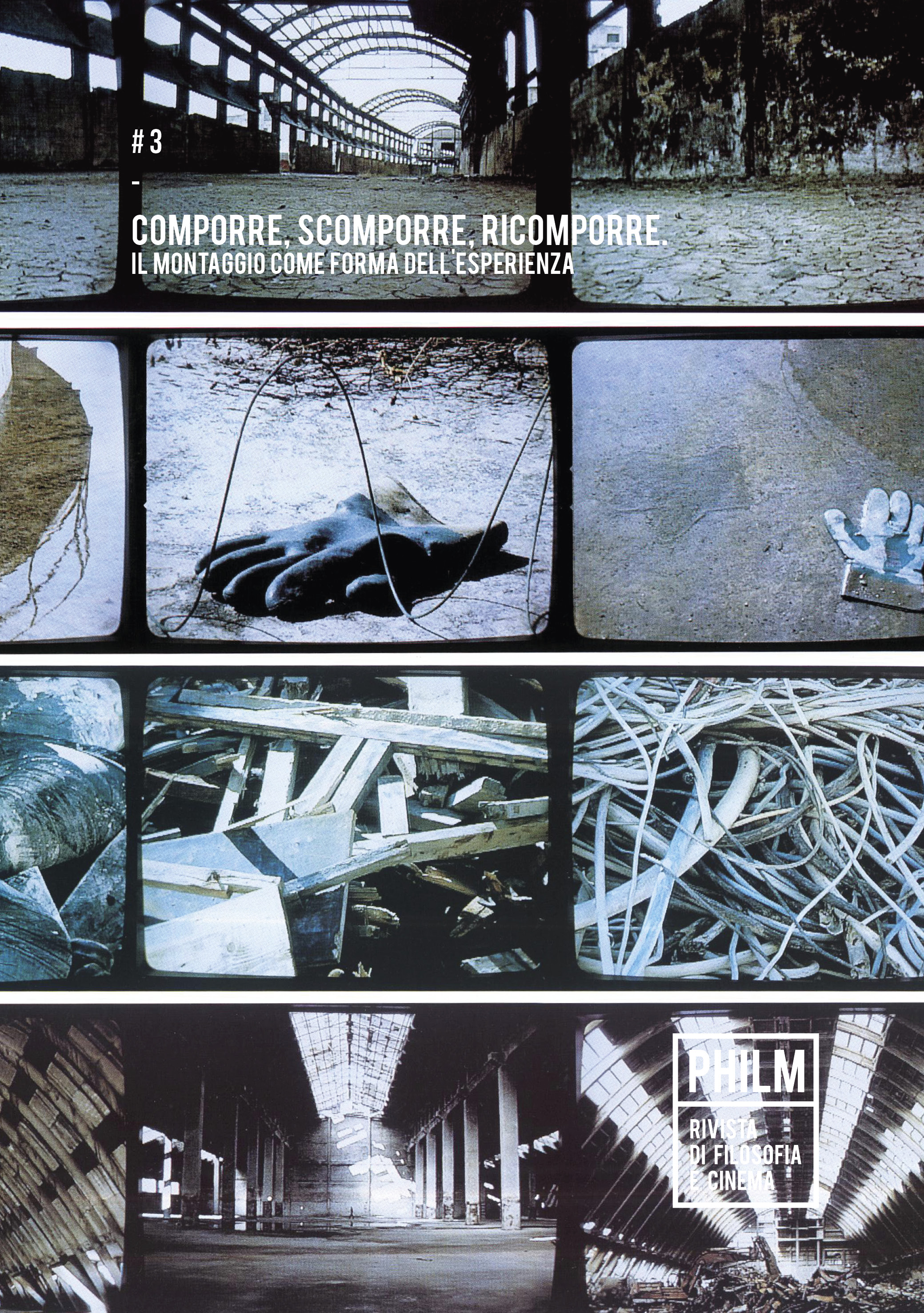The Rhythm of Assembly.
Ejzenštejn, Art, Nature
DOI:
https://doi.org/10.13136/2974-6442/v03/2024/095Keywords:
Ejzenštejn, philm montage, nature, rhythm, actor-network theoryAbstract
The objective of this article is to elucidate the philosophical scope of Ejzenštejn’s theory of montage. As he himself stated, editing is not merely a film technique; rather, it is a principle that encompasses all aspects of film work and extends even beyond the boundaries of cinema. His writings demonstrate a vitalistic understanding of matter and nature, wherein all things are perceived as parts of a larger whole. This concept bears resemblance to the “concatenation” put forth by Gilles Deleuze and other scholars: montage is a way of conceptualizing the relationship parts-whole, discrete-continuous, between the One and the Many. Art can thus be understood as a method of using dis- crete elements to evoke a unified whole.


